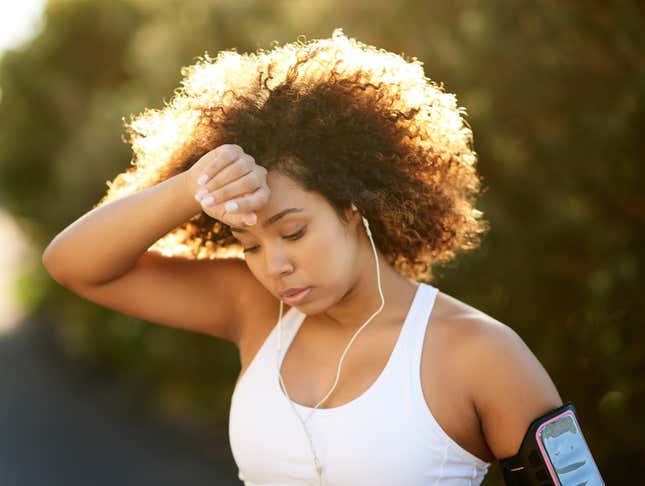
Complaining about the heat during the Summer time isn’t exactly a novel concept. But if it’s starting to feel like you’re having an unusually sweaty season, there’s a good chance it’s not just in your head. Because on July 4th, the world experienced the hottest day on record. Scorching heat waves this Summer continue to put tens of millions at risk throughout the United States.
Last week, heat advisories were issued in 15 states across the country, impacting roughly 100 million people. And the scorching temperatures are expected to continue to build. Exposure to extreme heat can be deadly and can result in heat stroke, heat exhaustion, and heat cramps within minutes.
For Black Americans, rising temperatures are a particular cause for concern. In 2022, the New York Department of Health released a report on heat-related mortality in New York City, and the findings were troubling. They found that Black New Yorkers were twice as likely to die from heat stress than white New Yorkers. The authors of the report attributed those differences to structural racism and economic inequality, such as access to proper air-conditioned housing.
This isn’t a New York City-specific problem. As Derrick Z. Jackson explained in a piece for The Root, Black Americans are significantly more likely to live in what’s known as “heat islands”:
“According to a 2021 study of the nation’s 175 largest urban areas, people of color in the U.S. were more likely than white people to live on what are called ‘heat islands.’ This is the modern term for the ;concrete jungle,’ referring to parts of cities where the concentration of buildings, roofs, roads, sidewalks, and parking lots relentlessly absorb and radiate the sun’s heat. Such neighborhoods are often marked by a lack of trees, parks and ponds, creeks, and lakes that naturally cool and moisten the landscape.
“Black people, according to the study of 175 cities, have the highest surface urban heat island exposure of any racial or ethnic group, with Hispanics coming in second. It is not an issue of poverty. The nation’s history of redlining and many other forms of housing discrimination in neighborhoods that white interests see as cooler—figuratively, and now, literally—have resulted in Black people being marooned on heat islands regardless of their income.”
As the world gets hotter due to climate change, things will only get worse. A Wilderness and Environmental Medicine Journal report found that from 2005 to 2015, the rates of emergency department visits for heat-related causes increased by 67 percent for African Americans.
Although there is federal money flowing into states to prepare communities for climate change, it’s essential that it’s used effectively. If not, Black Americans will continue to bear the brunt of this country’s impending climate crisis alongside other marginalized groups.

